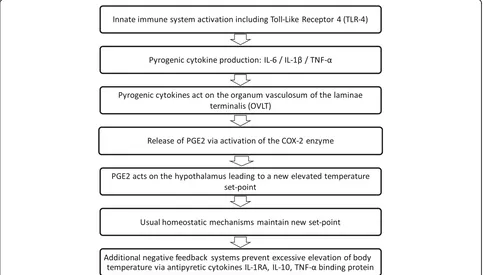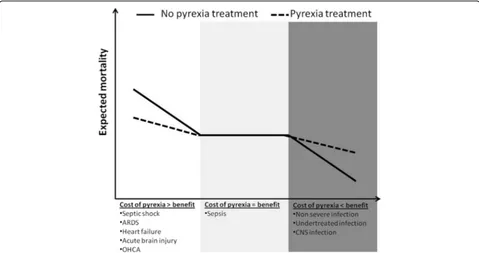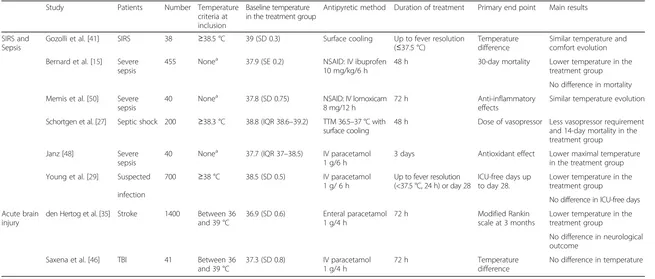Should we treat pyrexia? And how do we do it?
Full text
Figure




Related documents
Cloud computing means that instead of all the computer hardware and software you're using sitting on your desktop, or somewhere inside your company's network ,
The way the columns were cut to receive the sills gives us the evidence that the sills were wedge-shaped-both ends of the sills made angles with the right section through
The most important factor of the solar system is the solar panel, solar panel are made from solar cell connected in series and parallel. Solar cell are manufacture in in
Our ex- periments have demonstrated that, for the tuffisites inves- tigated, porosity and permeability decrease, and ultrasonic wave velocities increase with pressure down to about
Microwave assisted synthesis, spectroscopic, Thermal and antimicrobial studies of some transition metal complexes of Schiff base ligands containing thiazol
Conservative results are obtained from the Displacement coefficient method in the longitudinal direction of the bridge and those results become to be
Microwave attenuation as a scalar quantity by trees foliage matches physical logic and measurement data and increases as a linear function of frequency and number of
The only authors who have used this approach are Clarke and Surkis.4 If the racial balance constraint is expressed as a proportion of the number of children allocated to